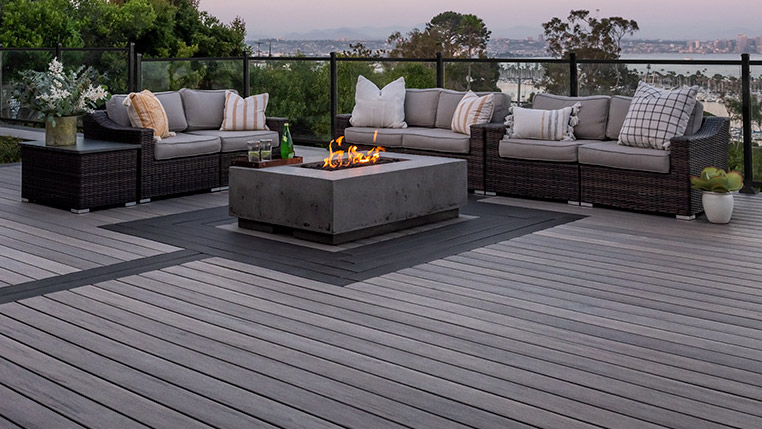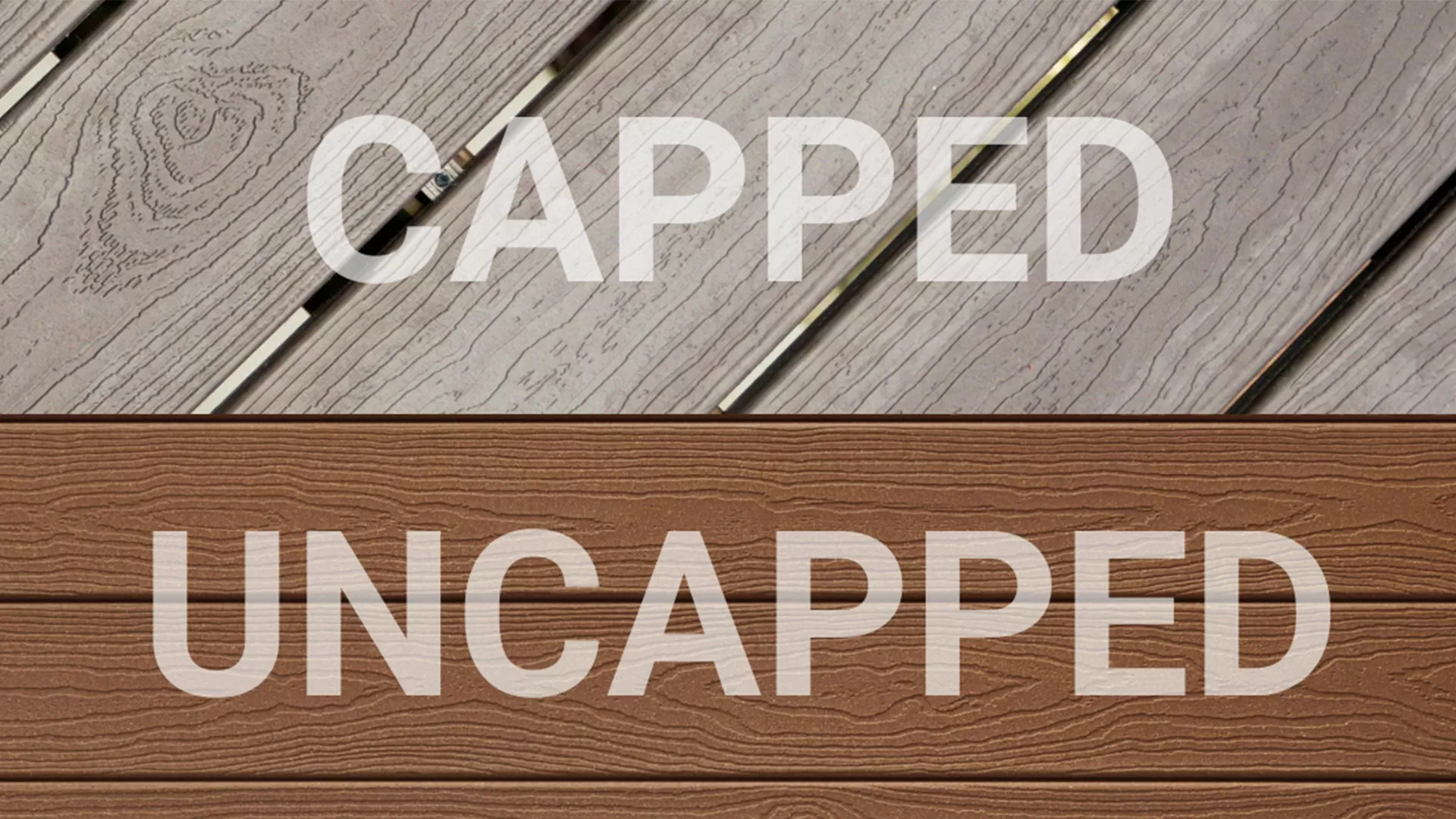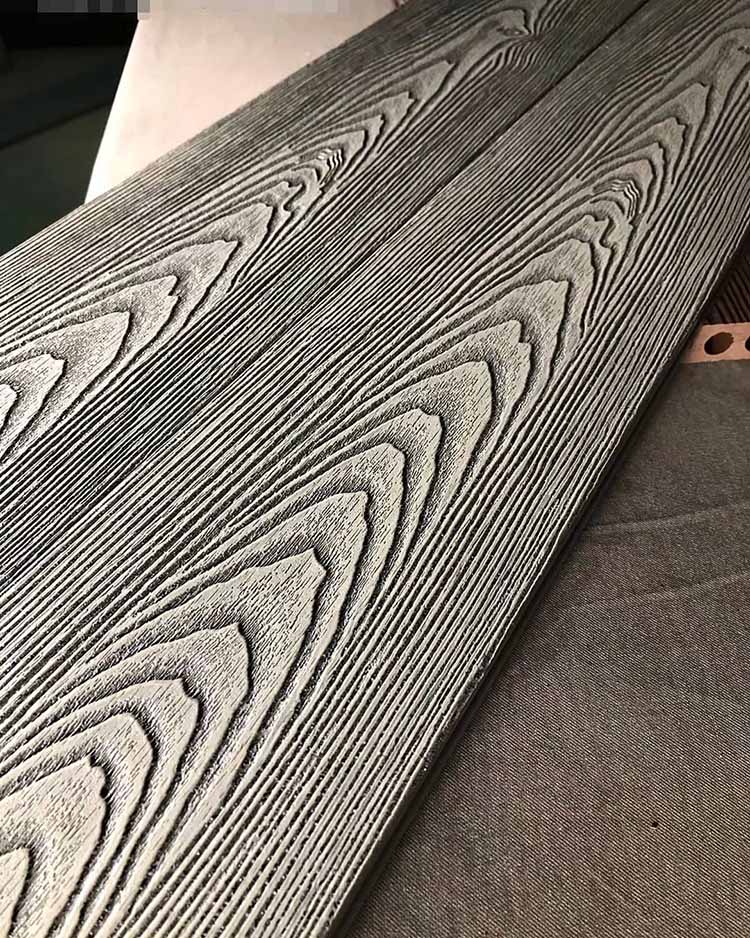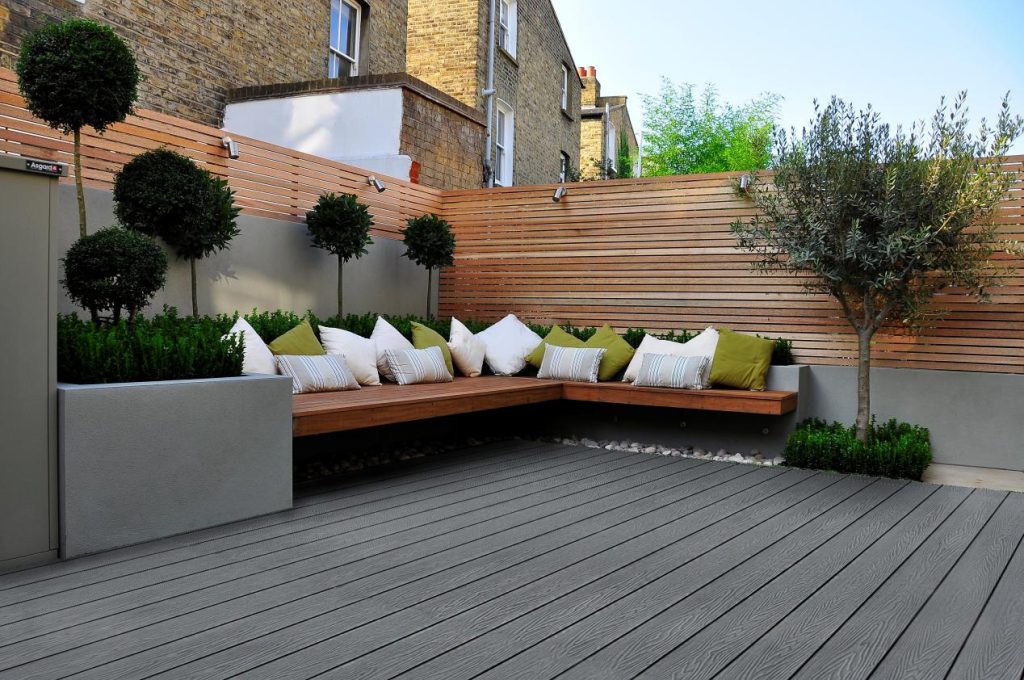
In the realm of contemporary decking solutions, composite wood decking stands as a revolutionary option that seamlessly merges sustainability, versatility, and minimal upkeep. Crafted from a fusion of recycled plastics, repurposed wood fibers, and robust bonding agents, composite decking has taken the industry by storm as a superior alternative to traditional wood decking. In this in-depth exploration, we’ll delve into the captivating world of composite wood decking, uncovering its diverse types and the plethora of advantages it brings to the table.
Unveiling Structure: Solid vs. Hollow Composite Decking
Composite decking delves into two primary categories, defined by their structural composition: Solid Composite Decking and Hollow Composite Decking. Each category boasts distinct attributes catering to various preferences and applications.
1. Solid Composite Decking: Enduring Strength
Distinguished by their substantial weight and sturdy build, solid composite boards are the epitome of reliability and permanence, fitting seamlessly into both residential and commercial environments. Exhibiting unparalleled strength and durability, these boards are the ideal choice for areas with high foot traffic, including swimming pool decks and residential pathways. While solid composite decks may experience slight warping during extreme weather conditions, their enduring nature remains undeniable. The installation of these boards requires professional assistance due to their weight and complexity.
2. Hollow Composite Wood Decking: Lightweight Versatility
In stark contrast, hollow composite decking boards, often referred to as blank composite boards, present a lightweight and flexible alternative. Finding their niche in applications such as cable installation, cladding, and siding, these boards excel in their adaptability. Though marginally less impact-resistant, their versatility truly shines. However, it’s important to note that achieving a refined finish with hollow composite decking entails the incorporation of caps or fascia boards along their edges.
Exploring Production Technology: Capped vs. Uncapped Composite Decking
The production technology of composite decking further divides it into two distinct categories: uncapped wood composite and capped composite wood decking. Familiarizing oneself with these variations sheds light on their performance and resilience against external elements.
1. Capped Composite Decking: Ultimate Protection and Unparalleled Endurance
Often referred to as second-generation WPC decking, capped composite wood decking boasts a protective plastic layer on its surface. This additional layer not only safeguards the internal core materials but also enhances resistance against oil stains, scratches, and discoloration. These attributes position capped composite boards as the favored choice for areas enduring extreme wear, tear, and varying weather conditions. From outdoor walkways to poolside retreats, these boards epitomize enduring elegance.
2. Uncapped Composite Decking: A Budget-Friendly Choice
Known as first-generation boards, uncapped composite wood decking exhibits a surface that closely emulates the natural texture of wood. While not entirely impervious to oil stains, they surpass the performance of raw wood. And don’t worry. The cleaning of uncapped composite decking is not difficult, with water sufficient for dust and stains, while more stubborn oil or ink marks yield to hot soapy water.
Elevating Aesthetics: Classic vs. 3D Embossed Texture
Texture plays a pivotal role in the aesthetics and longevity of composite decking. There are two primary textures to consider: common texture and 3D embossed texture.
1. Classic Texture: Elegance with a Limited Lifespan
A classic texture on decks offers a straightforward elegance that effortlessly complements a variety of outdoor designs. While it starts as a charming addition, it’s essential to acknowledge that the allure of the classic texture may fade relatively quickly due to wear and tear. The ravages of time and the elements might lead to a fast decline in its visual appeal.
2. 3D Embossed Texture: Beauty Beyond Time
For those who prioritize long-lasting charm, the 3D embossed texture composite decks emerge as a captivating solution. This texture adds depth and dimension to your outdoor haven, turning it into a visual masterpiece. The magic lies in its ability to preserve its form throughout its entire lifespan. Unlike traditional textures that succumb to the forces of weather and use, the 3D embossed texture stands strong against wear and tear, maintaining its allure year after year. It’s more than just a surface – it’s a testament to enduring beauty that defies time.
Conclusion: Elevate Your Outdoor Lifestyle with Composite Decking
Composite wood decking stands as a testament to modern innovation, seamlessly uniting sustainability with functional beauty. Whether you gravitate towards the unwavering strength of solid boards or the adaptable nature of hollow alternatives, composite decking unfolds endless possibilities for outdoor design. With capped and uncapped variations addressing your protection needs and diverse textures catering to distinct aesthetics, there exists a composite deck tailored to your unique vision. Embark on a transformational journey, embracing composite decking to create an outdoor sanctuary where durability, low maintenance, and aesthetic brilliance converge harmoniously.










